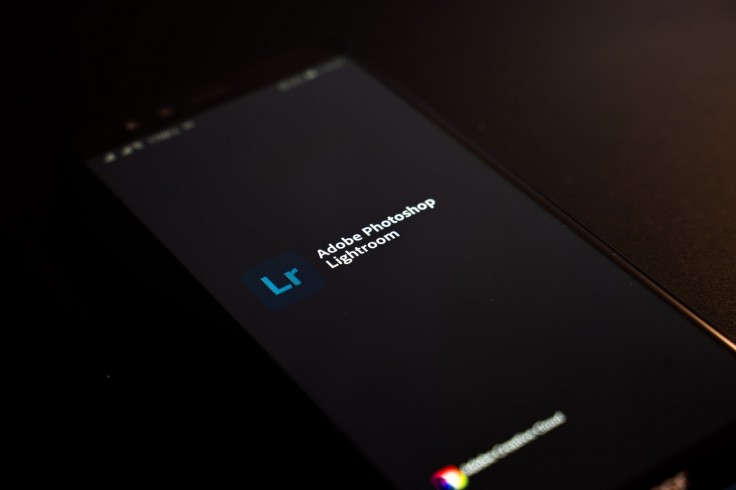Adobe introduced a new feature for Lightroom enthusiasts for Android after launching its Ultra High Dynamic Range (HDR) image editing tool.

Lightroom Ultra HDR Goes Android
HDR displays are highly regarded for better image quality as compared to the Standard Dynamic Range displays. Photos that are supported by HDR displays show brighter highlights and more detailed shadows which adds more realism to the photo.
Starting with the Lightroom version 9.0, the mobile app will be supported with an HDR output. This means that users can capture, view, edit, and export HDR photos using the app.
However, the upgraded Lightroom version currently supports Google Pixel 7, Google Pixel 7a, and Google Pixel 7 Pro only on Android 14. For the remaining Android devices, they can still access and use the HDR editing control but the catch is the image will viewed in an SDR output only.
How Lightroom HDR Works for Android
Users can import photos with HDR data, once imported they can start viewing and editing it according to their liking and export it to compatible formats like AVIF and JPG. They can access the tool within the Preferences button on the app.
On the other hand, users can also directly capture an HDR photo using the Lightroom mobile wherein the photos will be automatically imported. Moreover, users can also explore various tools if they want to see all the adjustments using the Visualize HDR toggle.
While this is good news for mobile photographers and editors, Lightroom version 9.0 currently supports HDR only through editing photos. Hence, HDR photos cannot be shared with the Community.
Related Article : Adobe Introduces Symbol to Promote AI-Generated Content Tagging









